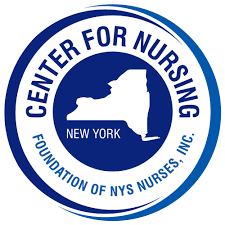Description: Little is known about registered nurses’ geographic mobility after they earn their first professional degree and become licensed to practice. Through a cross-sectional mailed survey of newly licensed registered nurses in fifteen states, we found that 52.5 percent work within forty miles of where they attended high school. Our complementary analysis of Census Bureau data shows that next to teaching, nursing is one of the least mobile professions for women, for reasons that remain unclear. To ensure that underserved areas have an adequate workforce of registered nurses, policy makers should expand the number of educational programs in these areas; fund programs that provide incentives to young people from these areas to attend nursing programs; consider supporting extension programs from accredited nursing schools; and review admission policies for nursing programs and the financial aid they offer. If states find it difficult to retain out-of-state graduates, giving preference to in-state applicants may make sense. Finally, programs and policies that offer financial incentives to attract registered nurses to underserved areas, such as the National Health Service Corps and the Area Health Education Centers, are critically important. When sufficiently funded, such programs could serve to offset the low mobility of new registered nurses that we observed.
Author(s):
Author1: Christine T. Kovner, New York University College of Nursing
Author2: Sean P. Corcoran, New York University
Author3: Carol S. Brewer, University of Buffalo School of Nursing
Primary Contact Person:
Name: Christine T. Kovner
Email: [email protected]
Complete Citation, if published:
Kovner, C.T., Corcoran, S.P., & Brewer, C.S. (2011). The relative geographic immobility of new registered nurses calls for new strategies to augment that workforce. Health Affairs, 30(12), 2293-2300. doi: 10.1377/hlthaff.2011.0108
